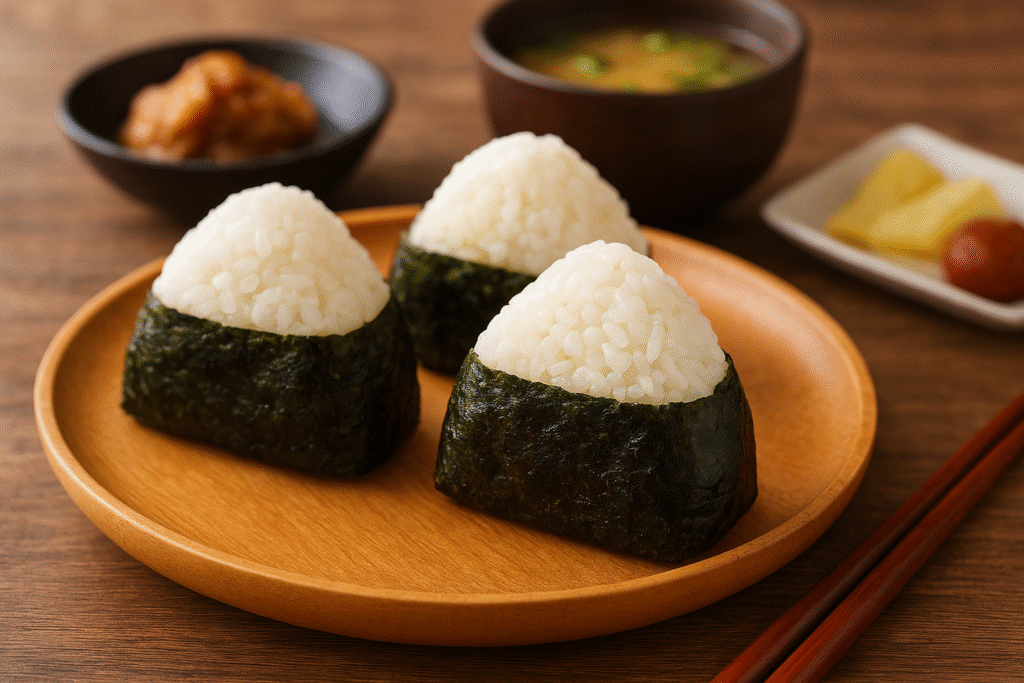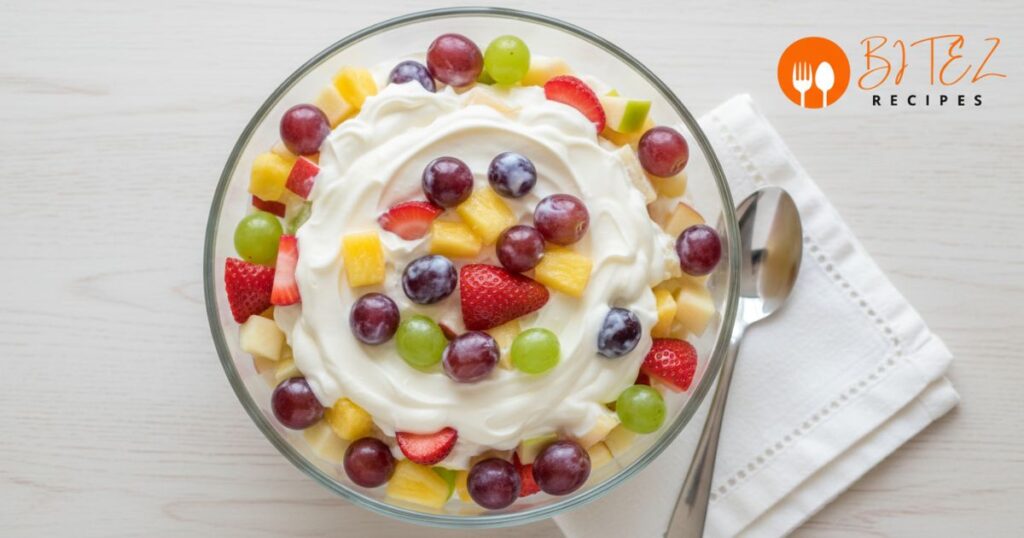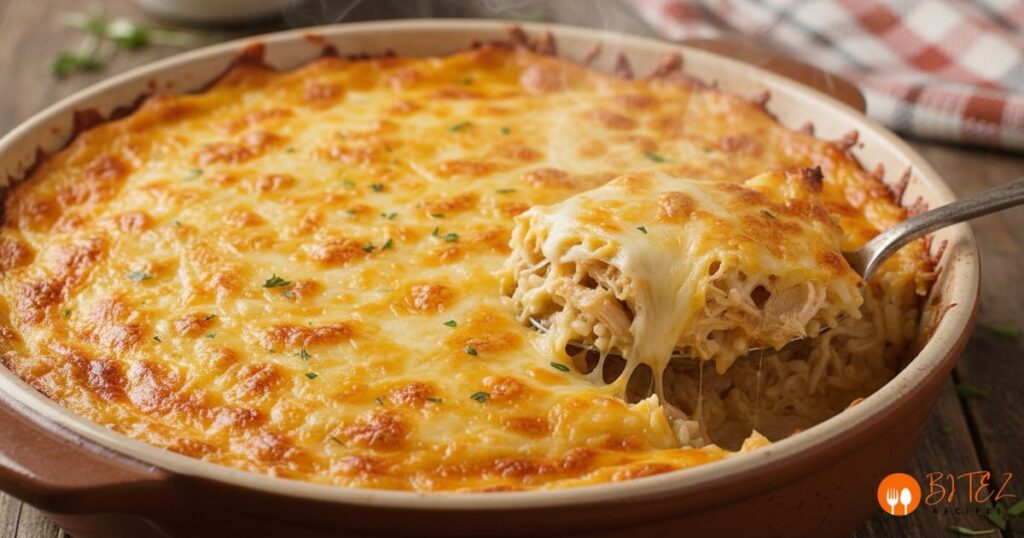What is Onigiri?
Onigiri is a beloved part of Japanese cuisine, often called rice triangle or Japanese rice balls. An onigiri recipe is simple, using cooked white rice shaped into balls or triangles, sometimes wrapped in nori seaweed for easy handling. Traditionally, fillings such as salted salmon, pickled plums, or tuna mayo are placed inside, making it both flavorful and portable.
Unlike sushi, it doesn’t rely on vinegar rice, which makes it a unique traditional Japanese rice snack. In Japan, you can find it everywhere from family kitchens to convenience stores. Easy to make and easy to carry, onigiri remains a timeless dish enjoyed by all ages.
History and Cultural Significance of Onigiri
The onigiri history in Japan dates back to the 11th century. People used salted rice preservation to store rice safely during travel or for quick meals. These traditional Japanese rice snacks became an essential part of daily life, especially for Japanese street food vendors and convenience store onigiri sellers. They offered portable nutrition for farmers, travelers, and office workers, establishing their cultural significance.
Over time, onigiri evolved into a staple for Japanese lunchboxes and picnics. Families and restaurants continued to innovate with fillings and shapes. Even today, Yaki onigiri, a grilled variation, is popular at festivals and food markets. The combination of history, taste, and convenience makes onigiri a beloved dish across generations.
Essential Ingredients for Onigiri
The key ingredients for easy onigiri recipes are Japanese short-grain rice, salt, and nori seaweed. Rice quality is crucial because sticky rice helps maintain the rice triangle shape. Traditional fillings like Umeboshi, salmon onigiri, and tuna mayo filling enhance taste and authenticity. Optional garnishes like black sesame seeds can be added for flavor and visual appeal.
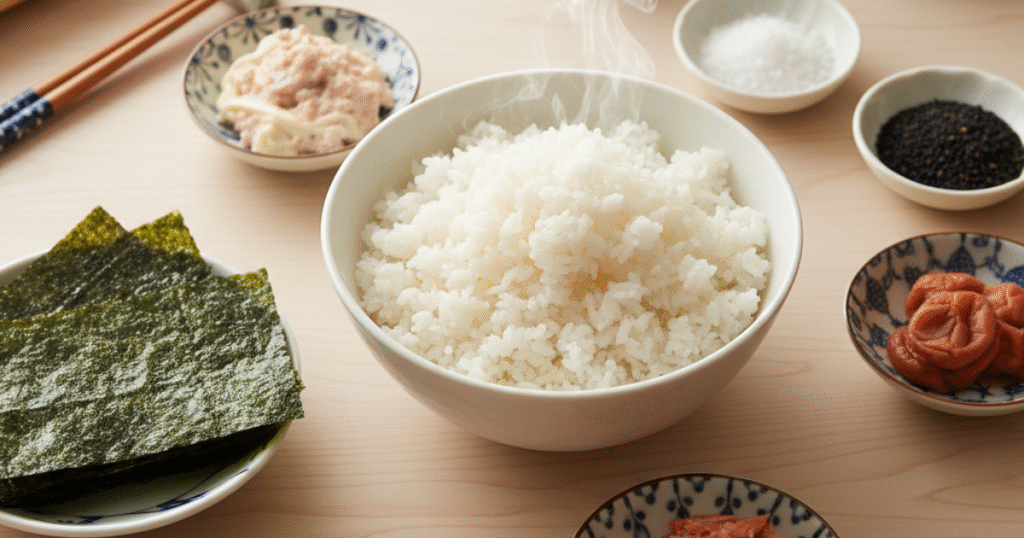
For American kitchens, substitute authentic Japanese ingredients with locally available items when necessary. High-quality canned tuna can replace fresh seafood, and pickled plums or kimchi can bring that tangy kick. Using an onigiri mould simplifies shaping, ensuring consistency in homemade onigiri.
How to Make Onigiri (Step-by-Step Guide)
Making homemade onigiri starts with cooking rice perfectly. Wet your hands and sprinkle a little salt to prevent sticking. Place a small portion of rice in your hand, make a cavity, add your filling like tuna mayo filling, poached salmon recipe, or Umeboshi, and fold the rice around it. Press gently into a rice triangle and wrap in nori seaweed for a neat finish.
For precise shaping, use an onigiri mould or kitchen plastic wrap. Ensure the rice cools slightly before wrapping to prevent soggy nori seaweed. Garnishing the top with black sesame seeds adds taste and texture. Following these onigiri tips and tricks guarantees consistent, tasty results every time.
Classic Onigiri Fillings
Traditional fillings for easy onigiri recipes include Umeboshi, grilled salmon, kombu, tarako, and tuna mayo filling. Each filling offers a distinct flavor, balancing salty, savory, and umami notes. Salmon onigiri uses either grilled or poached salmon recipe, while Umeboshi brings a tangy punch.
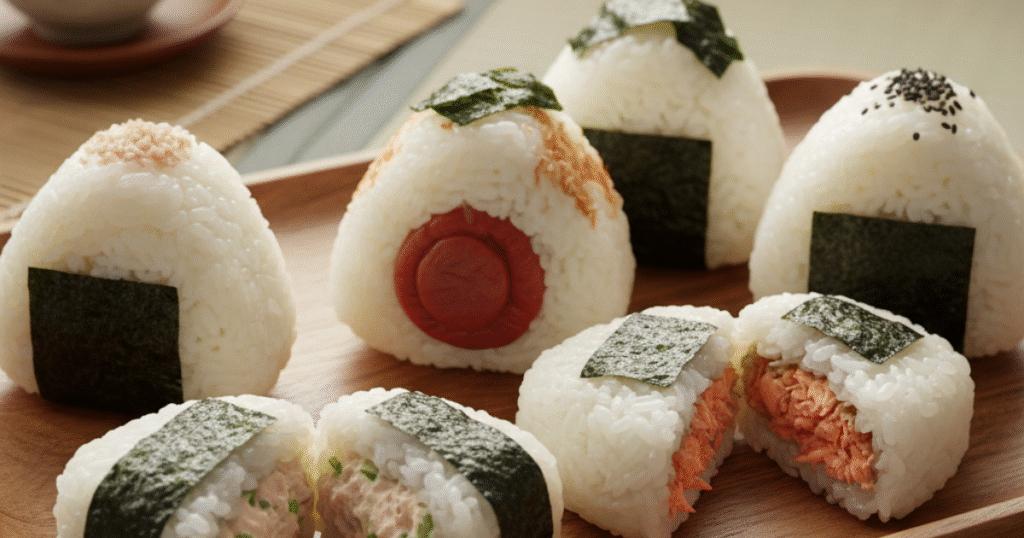
These fillings are staples in Japanese convenience stores and bento lunch ideas. They remain popular for their simplicity, taste, and authenticity. Using traditional fillings helps recreate a true Japanese snack experience at home.
Unique and Modern Onigiri Fillings
Modern variations include cheese, kimchi mayo, tofu crumbles, and negi miso. These fillings cater to fusion tastes and international palates, including vegetarian and vegan options like Japanese vegetarian snack versions. Creative fillings make homemade onigiri versatile for different meals.
Mixing flavors can be adventurous. For instance, combining pickled vegetables with mayo or sesame seeds adds texture and richness. These innovative fillings show how Japanese rice recipes continue to evolve in contemporary kitchens.
Tips for Perfect Onigiri
Perfect onigiri requires proper rice handling and shaping technique. Wet hands prevent sticking, while gentle pressure ensures the rice triangle holds together. Wrapping immediately with nori seaweed keeps the outer layer crisp. Onigiri tips and tricks like using molds or plastic wrap improve consistency.
Storing homemade onigiri is simple. Use foil or beeswax paper to prevent moisture. Refrigeration can affect texture, so consume within a few hours for best taste. These practices help maintain freshness, flavor, and shape.
Variations of Onigiri
Yaki onigiri, a grilled variant, adds a smoky flavor. Seasoned rice or mixed rice variations provide additional taste options. Using different grains or seasoning techniques transforms traditional Japanese rice snacks into diverse culinary experiences.
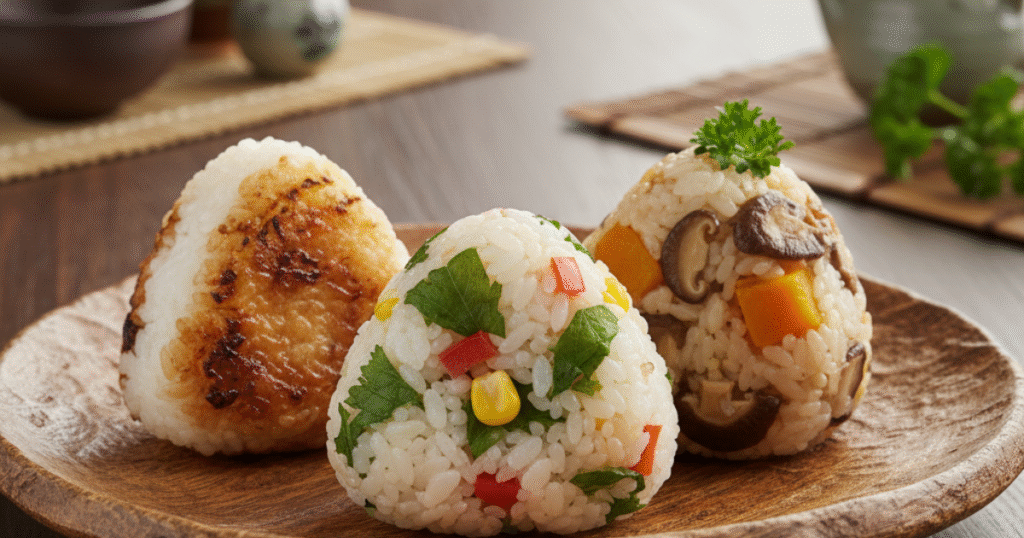
Other variations include adding herbs, sesame seeds, or pickled vegetables. These tweaks keep Japanese rice recipes exciting and adaptable to modern tastes. Table:
| Variation | Description | Filling Ideas |
| Yaki Onigiri | Grilled for a crunchy exterior | Soy sauce, miso, cheese |
| Mixed Rice | Rice blended with flavors | Herbs, vegetables, pickles |
| Seasonal | Inspired by seasonal ingredients | Pumpkin, mushrooms, berries |
Onigiri for Meal Prep and Lunchboxes
Onigiri is perfect for bento lunch ideas and meal prep. It stays fresh when packed carefully and combines easily with side dishes. A mix of salmon onigiri, Umeboshi, and tuna mayo filling creates a balanced, portable meal.
Packing tips include separating nori seaweed until just before eating and using containers that prevent crushing. This ensures a satisfying Japanese lunchbox experience, even for busy American lifestyles.
Popular Onigiri in Japanese Convenience Stores
Japanese convenience stores like Lawson and 7-Eleven sell a variety of convenience store onigiri. Common fillings include salmon onigiri, Umeboshi, and tuna mayo filling, while modern stores feature grilled or creative options. Packaging often keeps nori seaweed separate until consumption.
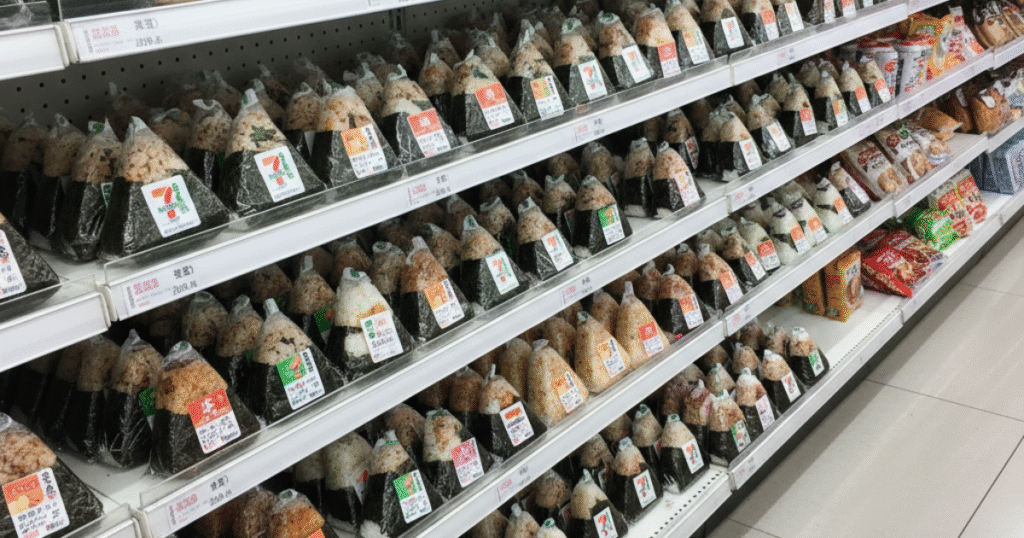
These stores showcase the diversity of Japanese snacks and illustrate why onigiri remains popular for quick meals. Even in the USA, recreating these flavors at home brings authentic Japanese street food culture to your kitchen.
Which Onigiri Filling Should You Try First?
For beginners, try salmon onigiri or tuna mayo filling. These fillings are easy, widely loved, and accessible in most American supermarkets. Umeboshi provides a tangy alternative for adventurous eaters.
Experimenting with different fillings lets you discover personal favorites. Mixing traditional and modern ingredients ensures your homemade onigiri is both tasty and visually appealing, perfect for any meal or snack.
More Japanese Recipes You’ll Love
Once you master easy onigiri recipes, explore related Hakata Ramen Recipe. Miso soup, sushi rolls, and bento sides complement your creations. Trying new dishes broadens your cooking skills and brings authentic Japanese flavors into your home.
Japanese cuisine offers endless possibilities. Incorporate herbs, pickles, or grilled proteins to elevate your meals. Creating a full Japanese-inspired menu makes your kitchen a small taste of Japan.
FAQs
What is a good filling for onigiri?
Tuna mayo, grilled salmon, or pickled plum are the most popular fillings.
Is onigiri halal?
Yes, if made with halal-certified ingredients like fish, vegetables, or halal meat.
Is onigiri just plain rice?
No, it is seasoned rice shaped into a triangle or ball, often with a filling.
What is this 🍙 called?
It is called Onigiri, also known as Japanese rice balls.
Is onigiri healthy to eat?
Yes, it is light, filling, and provides a good balance of carbs, protein, and minerals.


